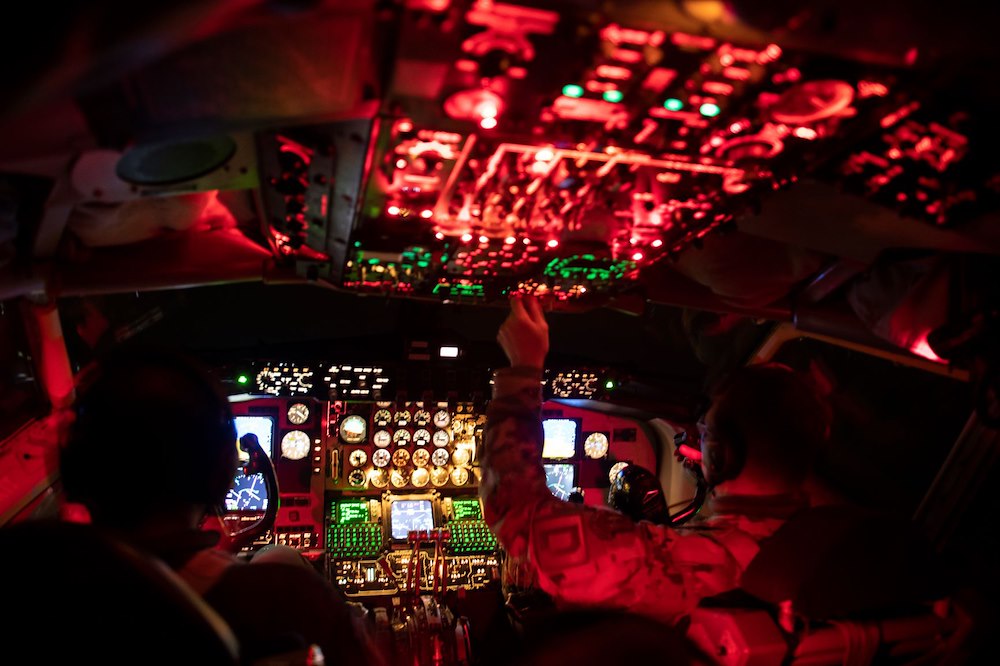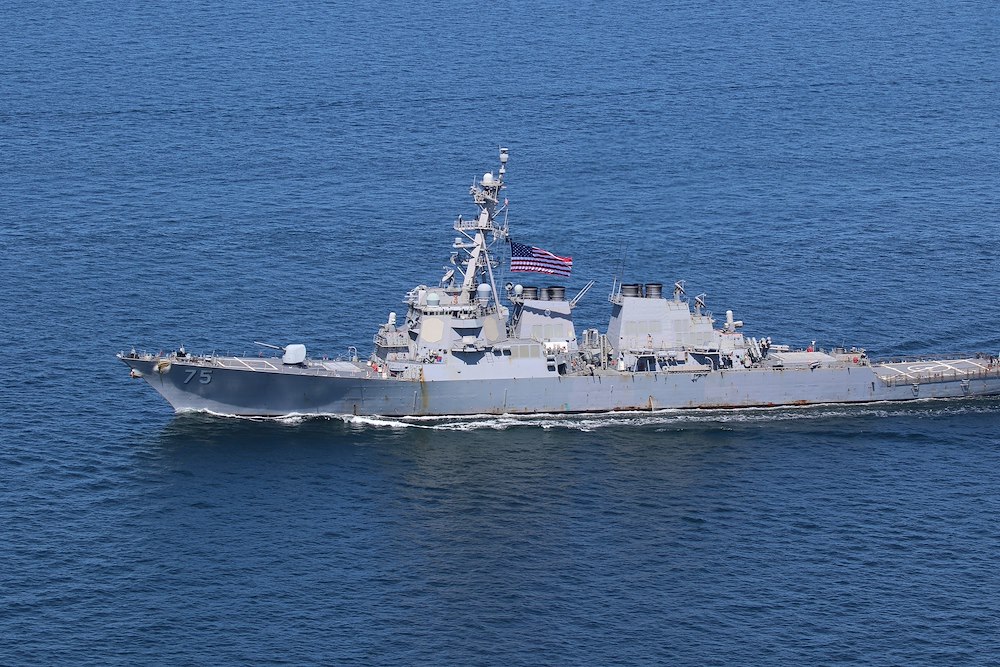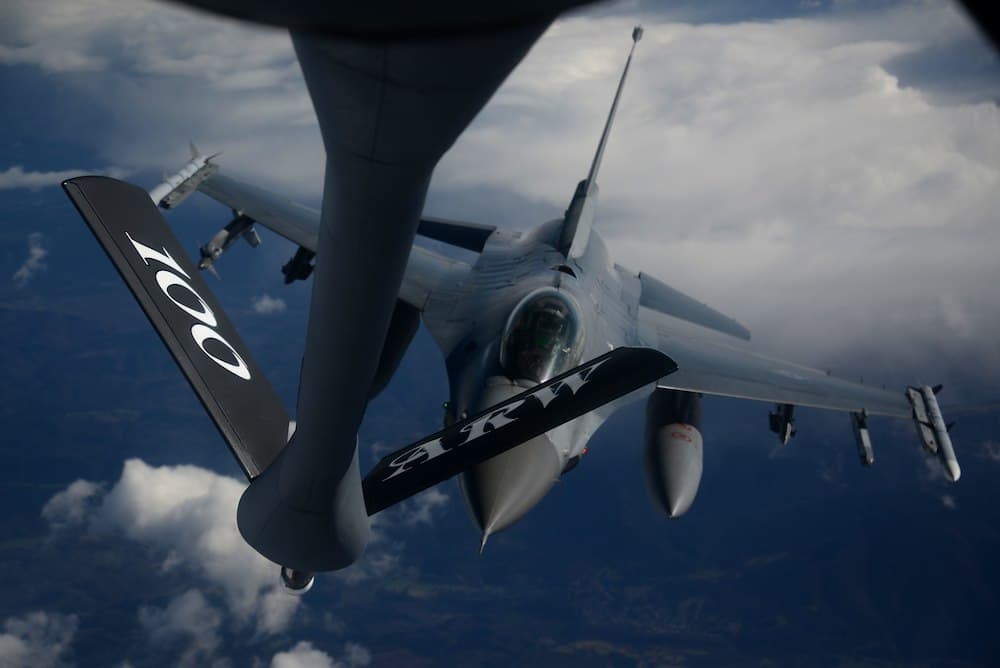In late January, US air and naval forces conducted a multidomain exercise in the Black Sea, right on Russia’s doorstep.
The exercise took place in the Black Sea’s international waters and airspace—an important distinction considering the proximity of numerous Russian bases.
The primary aim of the exercise was to test and train the command and control capabilities of US and allied troops while conducting complex air and naval maneuvers.
In addition to international partners, US troops from numerous commands participated in the exercise, including from US Special Operations Command Europe, US Strategic Command, US 6th Fleet, and US Army Europe & Africa.
From the air side of the house, F-16 fighter jets (American and Romanian), KC-135 Stratotankers, Intelligence, Surveillance, and Reconnaissance (ISR) aircraft, and a P-8 Poseidon flew during the event.
“Our forward presence and strong bilateral relationship with our friend and ally, Romania, ensures our ability to respond to any threat with confidence,” said General Jeff Harrigian, commander of US Air Forces Europe-Air Forces Africa, in a press release. “Enhancing our joint lethality is crucial to preparing Airmen to execute the mission.”
The F-16s had the opportunity to simulate firing the Joint Air-to-Surface Missile (JASSM), a long-range conventional, air-to-ground missile that is designed to destroy hard targets.

“The Romanian CRC [Control and Reporting Center] participation bloomed into additional U.S. personnel deploying to Romania to employ C2 [Command and Control] with the Romanians,” said U.S. Air Force Lieutenant Colonel Alex Riseborough, the air attaché at the U.S. embassy in Bucharest, Romania. “It was a U.S. first and a big step for our bilateral Air Force partnership with the Romanians.”
During the exercise, US and allied special operations units got to test their close air support procedures.
The naval component of the exercise saw the USS Donald Cook and USS Porter, both Arleigh Burke-class guided-missile destroyers, and the USNS Laramie, Henry J. Kaiser-class underway replenishment oiler, conducting training scenarios to establish maritime superiority, which coupled with the air superiority from the air component, would ensure overall control of the battlefield.
“As I observed our combat watchstanders, I was impressed with the crew’s growing familiarity with NATO joint interoperability procedures, readiness to cooperate with friendly units, and excitement to perfect our tactical proficiency by real-world application,” said Commander Matthew Curnen, captain of USS Donald Cook, in a press release. “This is exactly what we train for, and the opportunity to perform alongside allied surface and air assets is rewarding.”

To an outsider, exercises like this one might seem banal but they go a long way in preparing both the individual and the force for real-world operations.


